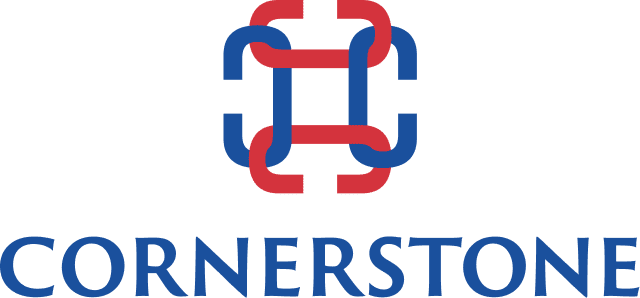Understanding who you are leading.
Business leaders now have a unique challenge when it comes to understanding the people they are mandated to lead.
A recent survey by Trinet, a leading consultant in the HR field, points out that, for the first time in history, workplace demographics span four generations. The 20-year-old you just hired may be working alongside colleagues 50 or more years old than he or she is.

The Trinet report sees five principal demographic categories, with three dominant groups book-ended by the very senior and the very young. Working forward from the oldest we have
The Traditionalists: born before 1946, they are now retiring and taking with them large amounts of knowledge and skill.
Baby Boomers: born 1946-1964 and the bulk of the workforce at 41%. This is rapidly becoming the senior population and expectations are that, as millions retire, they will leave shortages in high-level professional, managerial and technical positions.
Gen-X: born 1965-1977 comprise 29% of today’s workforce.
Gen-Y: born 1978 and later, contribute 24%. Together, these two dominate with 53% and can be expected to impose upon work environments their expectations and values.
Gen 2020: born after 2000 and just coming on stream.
You can sum all this up as follows: Gens X and Y are becoming the service providers and the Baby Boomers are becoming the customers.
What does this mean to you?
A smooth running operation is one in which employees share a sense of ownership in what they are doing and respect for others doing it. Since each of these generations have quite distinct aspirations and attitudes, the risk is that they will fail to communicate or work together effectively.
The bottom line impact comes in high turnover rates and associated costs in recruiting, hiring, training and retention.
Averting such a situation means recognizing the separate characteristics and individual desires in play. This may be a more challenging task today than it would have been 10 years ago but quite approachable if we take the time to understand the basic differences between the major segments.
Example: work itself to the Traditionalist is an obligation; to the Baby Boomer it is still an exciting adventure; the Gen Xer might consider it a difficult challenge, a contract rather than a commitment; to the Gen-Y worker, it is a means to an end.
Each generation therefore needs to be valued for the diverse skills, perspectives and attitudes its members bring to the table. The Trinet document has an interesting table of characteristics for each group. You can read more about it and also download the report from workforce.com.


